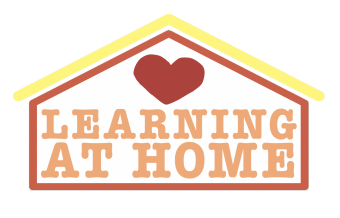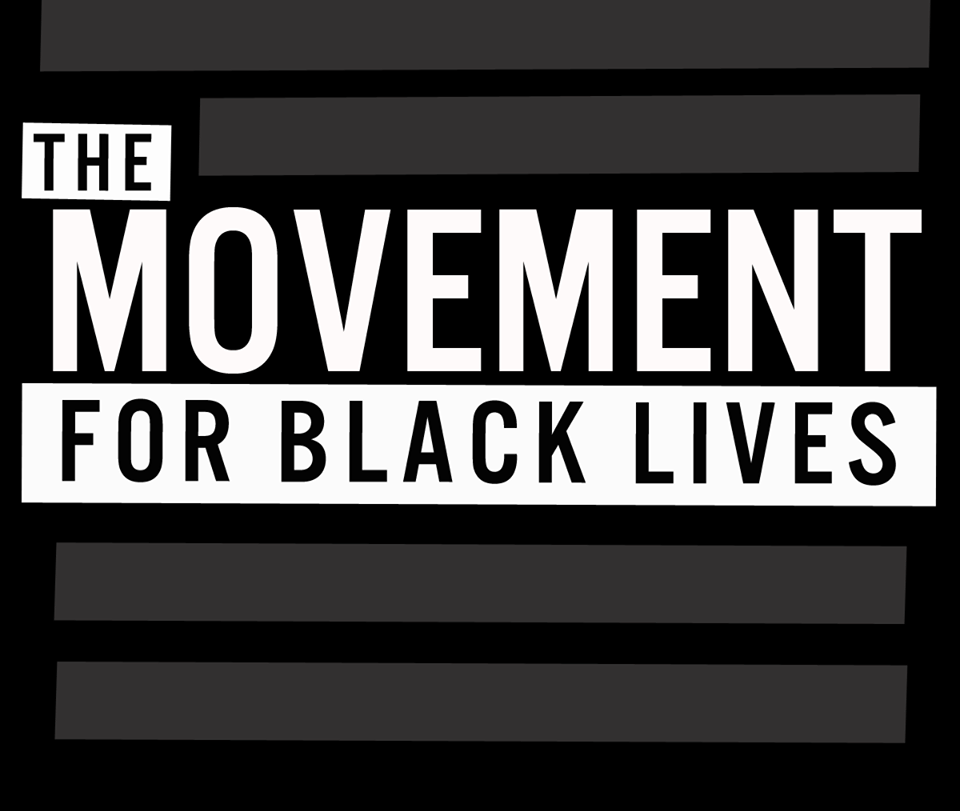Early care and education providers are navigating a start to a school year unlike any we have seen before. Teaching, Leading and Caring (TLC) invited Leadership Initiative member Christine Wicks to share her perspective as the Pre-K Director at Dream Charter School.
Background
This summer as an organization, we decided that we would start the school year with at least four weeks of virtual instruction (this ended up being 7 weeks) beginning in August. We felt we could not live in a world where we were preparing to start two different kinds of school years and decided to put our eggs in the virtual basket so we could have a runway to have a strong start with our teaching this year. We knew at various times this school year that we were going to be teaching virtually, so we decided early on to invest in teacher professional development and training in virtual instruction for a week before the start of the school year. As a pre-k team, we focused our learning around four pillars of high quality classroom instruction:
- Initiate and maintain student/family and teacher relationships
- Build trust in a virtual classroom
- Teach expectations for online learning to students and families
- Set the conditions for engagement and learning
Common Beliefs
To initiate and maintain student/family and teacher relationships, before the first day of the school year we had a Zoom family visit where we talked with each family about their hopes for their child in this unprecedented school year. This also allowed us to do a ‘dress rehearsal’ for the first day of school in regards to using Zoom and the different platforms we use (such as Seesaw). To build trust, we utilized both one-on-one and small group meetings between students and teachers during the first few weeks of school. In this smaller setting, teachers were able to connect with students on a deeper level and students felt more comfortable to share about themselves. We dedicated the first few weeks of online instruction to building independence with our students in using features of the online classroom, such as muting and un-muting when it was your turn to participate. This took teamwork both from teachers and the grownups helping students during virtual learning. In order for families to build familiarity with the platforms, we held family town halls prior to the start of the school year where we went over many ‘how-tos’ together.
Once the groundwork was laid, we knew it was our responsibility to ensure we set the conditions for engagement and learning. Teachers planned and designed lessons that gave students and their grownups choice, were open-ended, gave opportunities for students to problem solve, make decisions, and reflect. One of the first assignments was to make a collage of your favorite things and students shared them in small groups.

A weekly Centers play ‘menu’ using the materials we sent home for the children and families to engage in.
Benefits
One benefit that has come out of beginning the year with virtual learning is having 7 weeks to get to know the students before they enter physically into our classrooms. Teachers know each student on an individual level and at a faster pace than they would have in a typical school year. It has also been such a pleasure to see how our students’ grownups have risen to the challenge to support their child’s learning and play. We have gotten many amazing videos of our students building with their families and have watched families coaching play like never before. We are looking forward to leveraging these partnerships as students return to the classroom.
Lessons learned
- The smaller the better! For three- and four-year-olds, smaller groups (of 3 or 4) or one-on-one worked best for virtual instruction. We started each day with a class meeting with the whole class, but then transitioned students into smaller groups for Read Alouds and small group teaching.
- Partnerships with the child’s grownup is essential. When a child was able to have a grownup join them during instruction, the partnership between the teacher, child, and grownup was magical. (Some of our students logged-in from daycare which has worked out great!)
- At-home learning kits: Before the start of virtual learning we were able to send home an ‘at-home’ learning kit with some basic materials that students could use during play (foam blocks, watercolors, journal, crayons, scissors). This allowed teachers to write and share a weekly Centers play ‘menu’ using the materials we sent home for the children and families to engage in. We have been using Seesaw to have students take pictures of their play and share with the teachers and other students in their class.
- Make it personal for kids. At least once a week, teachers schedule time to meet one-on-one with the child and their family. This time allows for teachers to get to know each child on a personal level which will set us up for when some of our students return to in-person instruction next month. It also gives students time to share with their teacher anything they would like and for the families to ask questions of teachers.
All in all, we have made the best out of this very different start to the school year. We have been able to form relationships and make connections with students and families on a daily basis and when we return to in-person learning next month, we look forward to using the strong virtual start to the school year as a launching pad to a great year.
Christine Wicks is a Leadership Initiative member and the Pre-K Director at Dream Charter School.




Christine,
Wondering if you find your virtual efforts create the “relationship” launching pad you hope for, would you consider starting the following year in this innovative virtual format as well?
Looking forward to hearing your reflections in our Leadership Initiative Networking meetings.
Steve